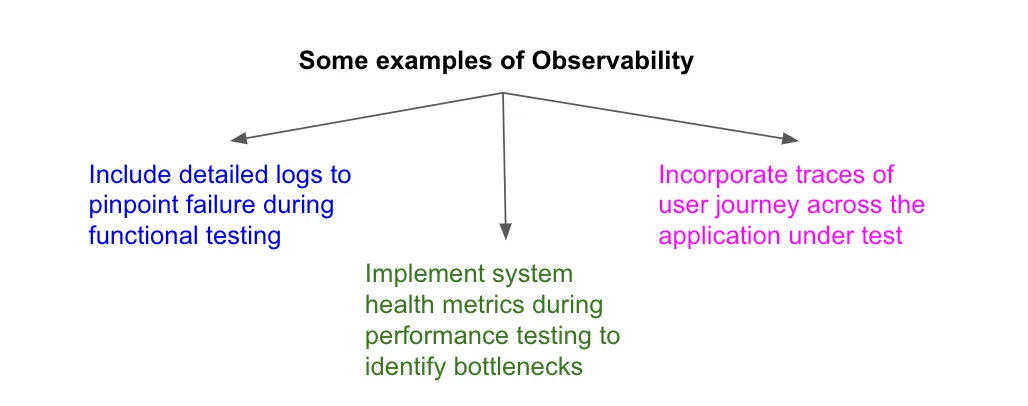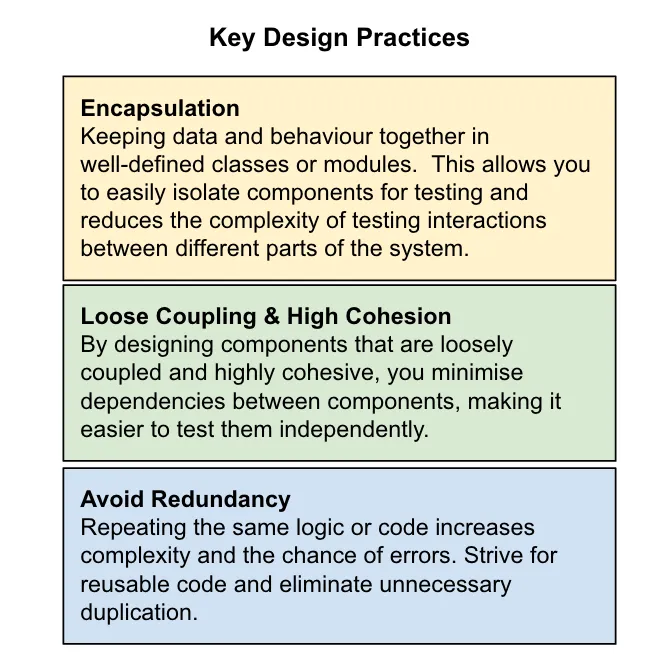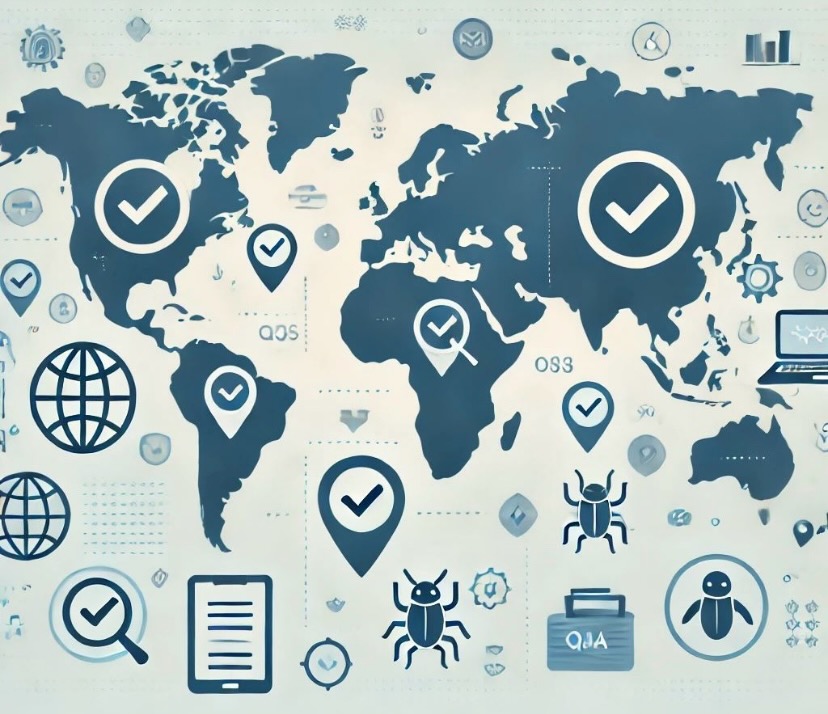In software development, ensuring a system is testable is essential for maintaining high quality, reducing bugs, and supporting long-term maintainability. Software testability refers to how easily and effectively a software system can be tested. Systems that are designed with testability in mind make it simpler to verify functionality, identify issues, and ensure that the software behaves as expected throughout its lifecycle.
In this article, we shall explore the key factors that contribute to software testability, strategies for improving it, and the practices that development teams can adopt to make testing more efficient and effective.
Factors of Software Testability
There are several factors which influence how easily a software system can be tested. These factors determine how straightforward it is to write tests, observe system behaviour, control its state, and maintain the system over time. Let’s go through each of them briefly~
Observability
Observability refers to how easy it is to observe the internal state of a system during execution. If you’re able to observe the system’s behaviour, you can track the flow of data and identify where things go wrong. Good observability is crucial for diagnosing issues during testing.

Controllability
Controllability is the ability to control the system’s state in a predictable way, making it possible to set up various testing scenarios. A system that allows you to control inputs, simulate error conditions, and manipulate state is much easier to test. For instance, a ticket booking system can have various ticket states such as available, reserved or sold, with an administrative console that can set the different states easily.
Simplicity
Simplicity is often cited as one of the most important design principles for testability. The simpler the code, the easier it is to understand, test, and maintain. Complex, convoluted logic increases the likelihood of errors and makes it difficult to identify edge cases or write effective tests.
Stability
Stability refers to the system’s consistency over time. A stable system produces reliable and predictable results, making it easier to test. If a system has many unpredictable behaviours or fluctuates with each test run, it becomes difficult to ascertain whether issues are due to the code or the environment and any other external factor.
Isolate-ability
Isolate-ability is the ability to isolate specific parts of the system for testing without needing to involve other components or external systems. Isolation helps in focusing tests on a particular unit of functionality and prevents external factors from interfering with test results. For instance, microservices tend to be straightforward to test in isolation.
Understandability
A system that is easy to understand is easier to test. Clear, well-documented, and logically structured code allows testers to quickly comprehend how the system works and what to test. It also helps identify potential weaknesses or edge cases that may need specific testing.
Automatability
Automatability refers to how easily tests can be automated and run repeatedly. Automated tests can provide continuous feedback and help catch bugs early in the development process, improving both test coverage and efficiency.
Improving Software Testability
Now that we’ve covered the key factors that affect testability, let’s look at some practical strategies for improving it during the software development lifecycle!
Good Design Principles
One of the most effective ways to improve software testability is by adhering to sound software design principles.

Testing Mindset: Test-Driven Development
Adopting a testing-first mindset, such as Test-Driven Development (TDD), ensures that testability is a priority from the very start of development. TDD encourages writing tests before the actual code, which leads to better-structured, testable code that directly addresses test requirements.
Comprehensive Documentation
Documentation is often overlooked, but it plays a critical role in enhancing testability. Comprehensive and up-to-date documentation, such as API documentation, system behaviour, and test cases, helps testers understand the expected functionality and edge cases they need to test. Regularly update the documentations as the system evolves! Include details on how different components interact, expected inputs and outputs, edge cases, and how the system should behave in different scenarios.
Refactor for Testability
Over time, codebases can become harder to test due to complexity, legacy decisions, or technical debt. Refactor code to improve its testability should be a regular part of your development workflow since it improves the code structure, reducing its complexity, making it more modular and easier to test. Regular refactoring ensures the system remains flexible, maintainable, and testable in the long run.
Develop a Collaborative Testing Culture
A culture that prioritises collaboration among developers, testers, and other stakeholders is key to ensuring software testability. Everyone involved in the project should understand the importance of testability and work together to achieve it. Communication is encouraged to align on testing goals and strategies; developers can provide insights into system internals, while testers can offer feedback on areas that need more test coverage. Collaborative testing environments also help identify and address testability issues early on.
Conclusion
Software testability is not a one-time consideration; it’s a mindset that should be integrated throughout the development lifecycle. By focusing on the key factors of testability and improving them, you can ensure that your software is easier to test, more reliable, and more maintainable over time.
By embedding these practices into your development process, you can make testing more efficient, and thus improve the overall quality of your software, leading to faster releases, fewer bugs, and happier users.
Original article: https://medium.com/singapore-gds/software-testability-6cba6e627107

